Inflation is ending up being a gift and a curse for big box retailer Walmart (WMT).
On April 30, the chain reported that it intends to close its health centers and shut down all its virtual care services because of “the challenging reimbursement environment and escalating operating costs.”
“Difficult Decision”

Walmart portrayed the move as a “difficult decision” however expressed that the “lack of profitability” has made the medical care business “unsustainable… at this time.”
However, those equivalent expense pressures stopping Walmart’s green medical services business from developing have provided shelter for the retail giant’s grocery business.
Bettergoods Introduction
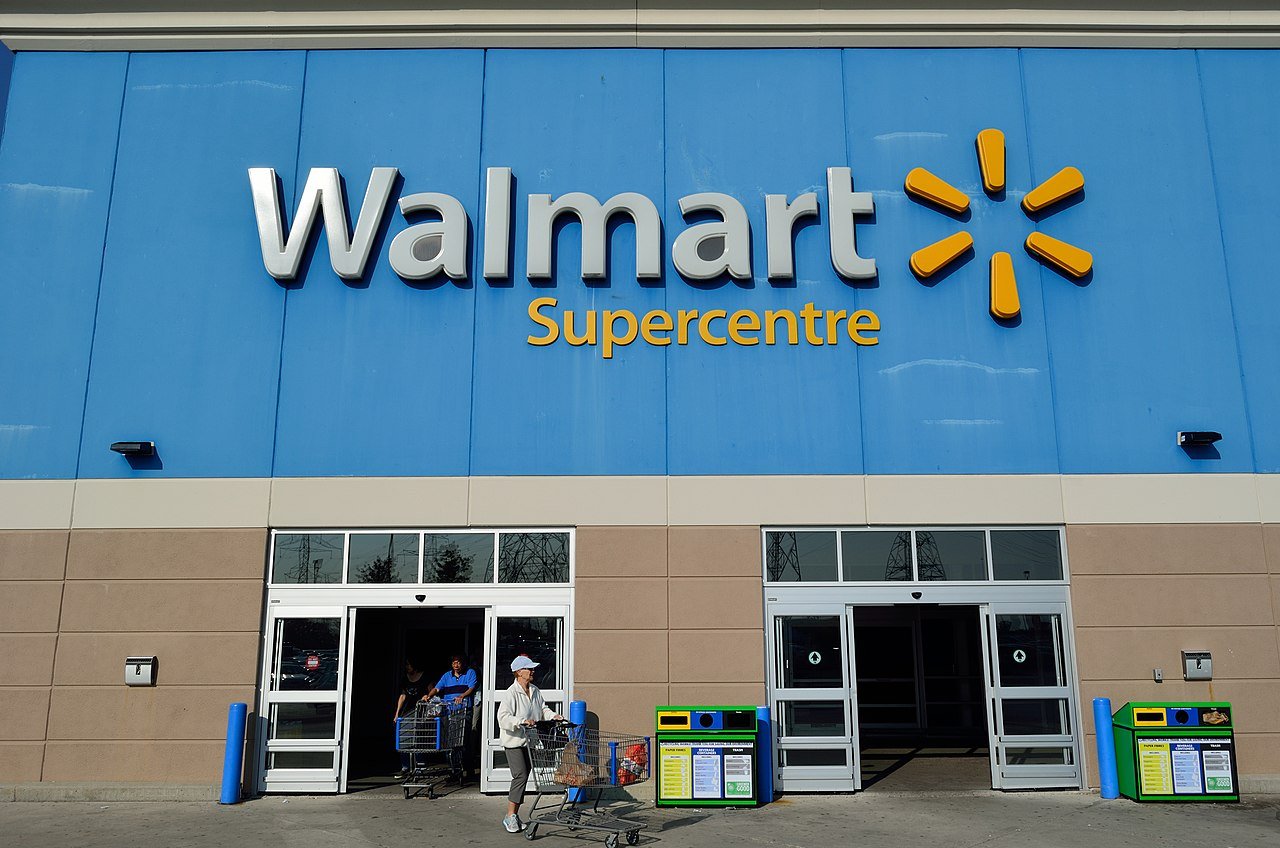
The retailer capitalized on inflation-driven growth in its grocery business to introduce Bettergoods to the market on the same day that it announced that Walmart Health would be closing its doors.
Walmart launched Walmart Wellbeing in 2019 with the mission of further developing medical care accessibility and affordability
Nation Reach
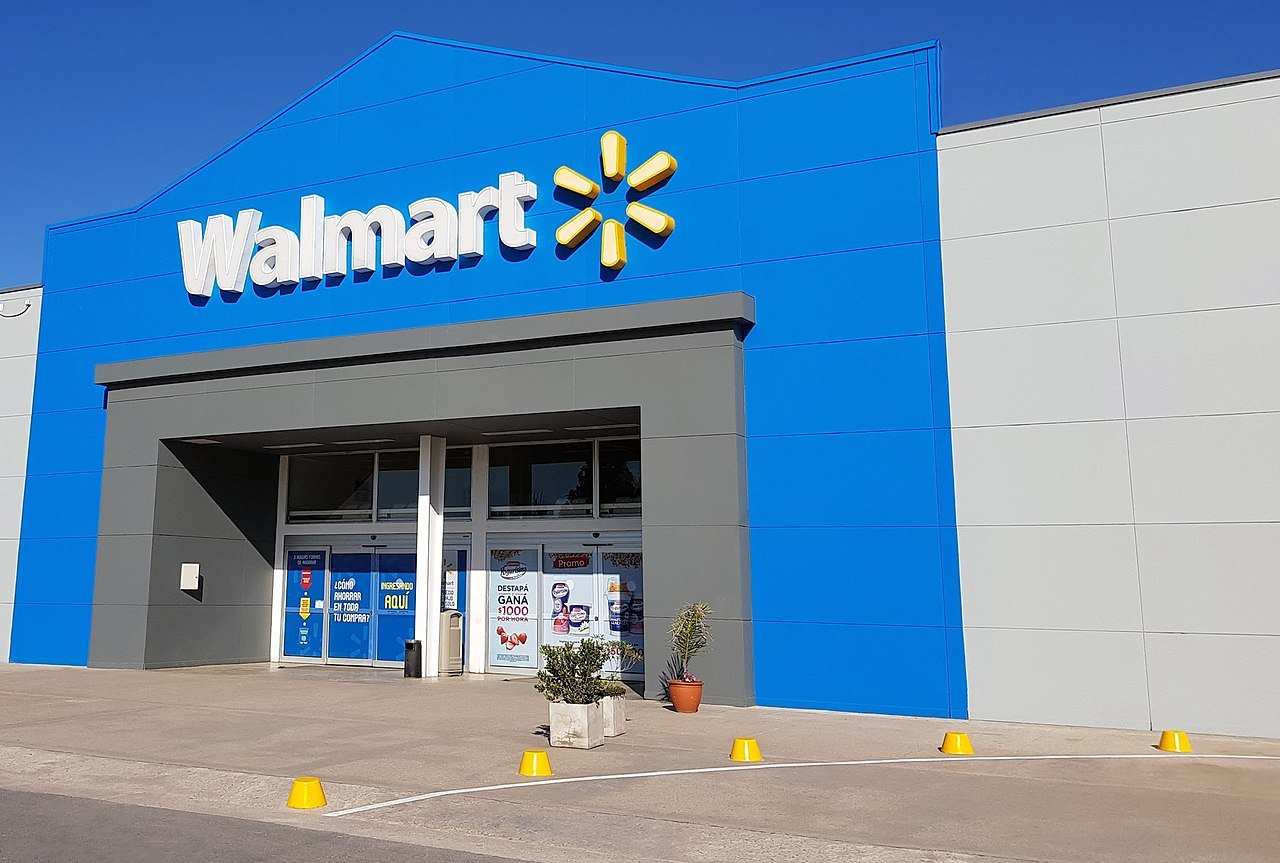
In its five-year existence, the health business has opened 51 health centers across five states: Arkansas, Florida, Georgia, Illinois, and Texas.
To supplement those physical locations, it additionally gained telehealth supplier MeMD for an undisclosed sum in 2021.
Acquiring Rights
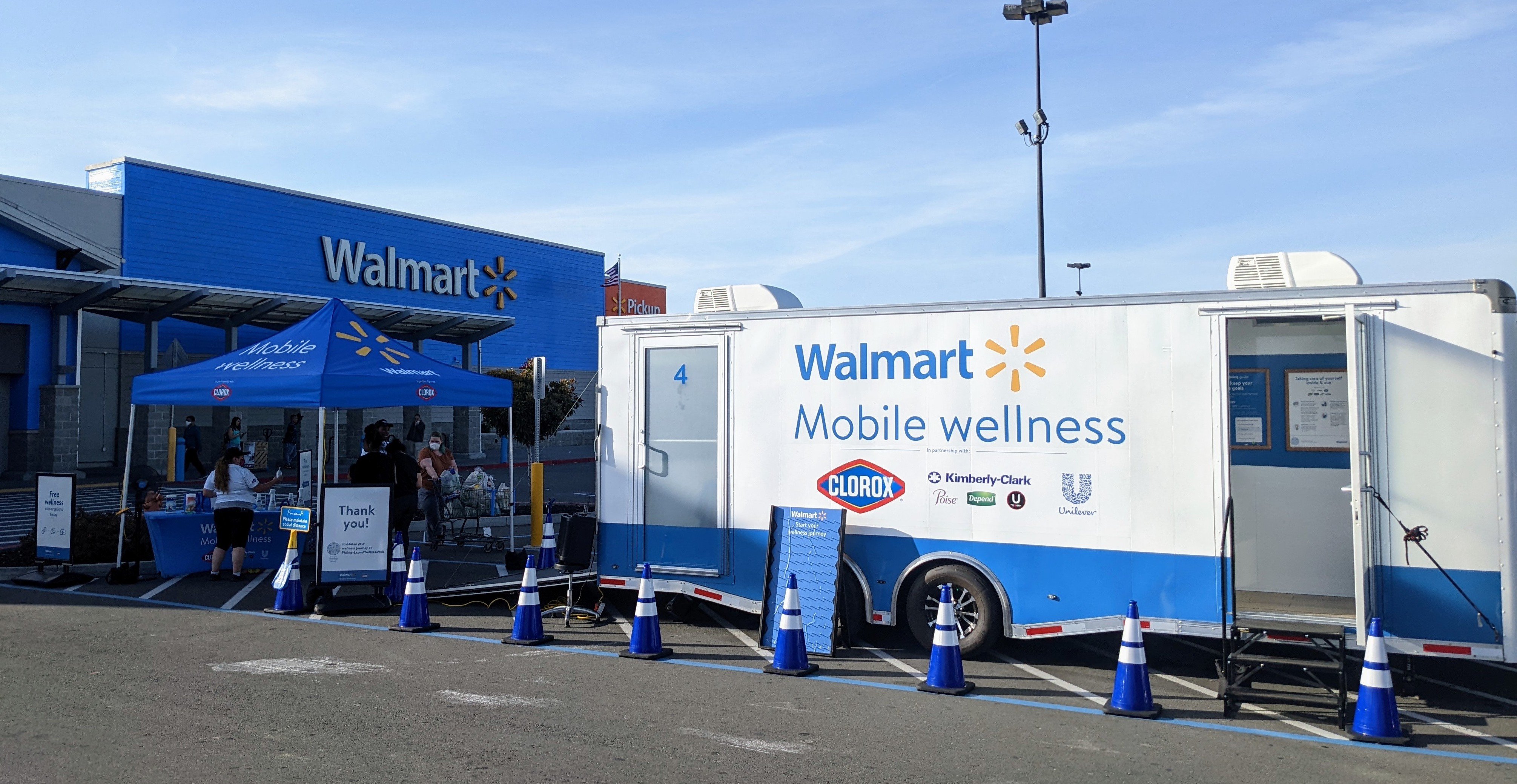
Nonetheless, considering Walmart’s news release, medical services startup Fabric (previously known as Florence) inked an arrangement in June to acquire the rights to MeMD.
It isn’t clear precisely when every center area will close, yet insiders told CNBC they anticipate that the terminations should happen in the following 45 to 90 days.
Closure Coverage

That being said, the terminations won’t stretch to Walmart’s nearly 4,600 drug stores and in excess of 3,000 vision centers across the nation.
This news is a significant U-turn a Walmart Health statement in March, when Dr. David Carmouche, senior VP of Omnichannel Care, said the unit “will be growing in a big way” in 2024 — with plans to open 28 new Walmart Health center areas, including two new states: Missouri and Arizona.
Leaving Reasoning
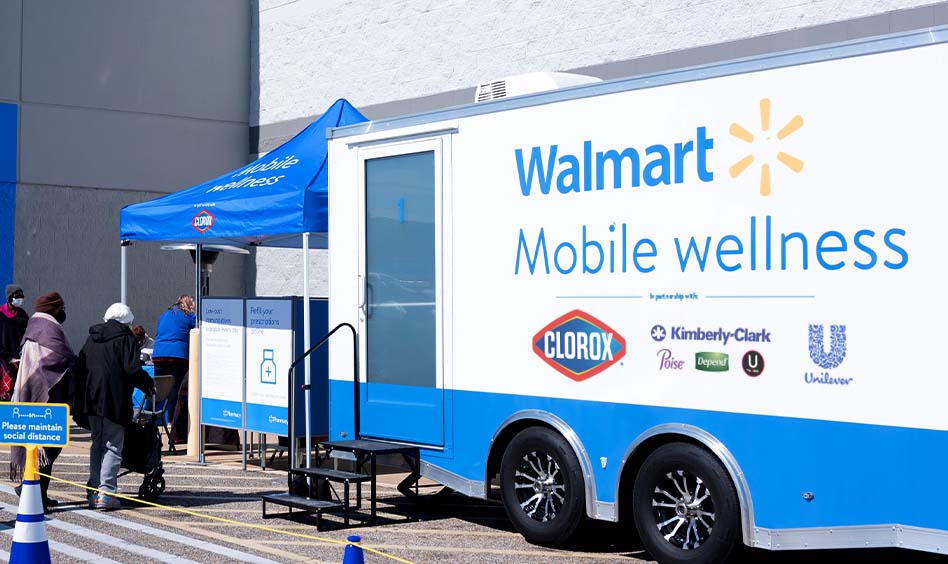
One justification for why Walmart is leaving this business is the “challenging reimbursement environment.”
This centers around the increasing expense of medical care in the U.S., which has ticked up for the last few decades because of three fundamental variables, as per a recent report by the Peter G. Peterson Foundation: population expansion, population aging, and rising healthcare service and product costs
Healthcare Provider Needs

A 2023 article by Boston Counseling Group expressed that medical care suppliers “need further substantial reimbursement increases from insurers to offset the double-digit cost jumps and structural economic challenges faced by health systems.”
To put it another way, in order for businesses like Walmart Health to make a profit, the government (through programs like Medicare, Medicaid, the Children’s Health Insurance Program (CHIP), and subsidized Affordable Care Act (ACA) marketplace plans) and private health insurers would need to raise their rates—the amount that they charge for insurance coverage—to cover health services.
Focus on Groceries
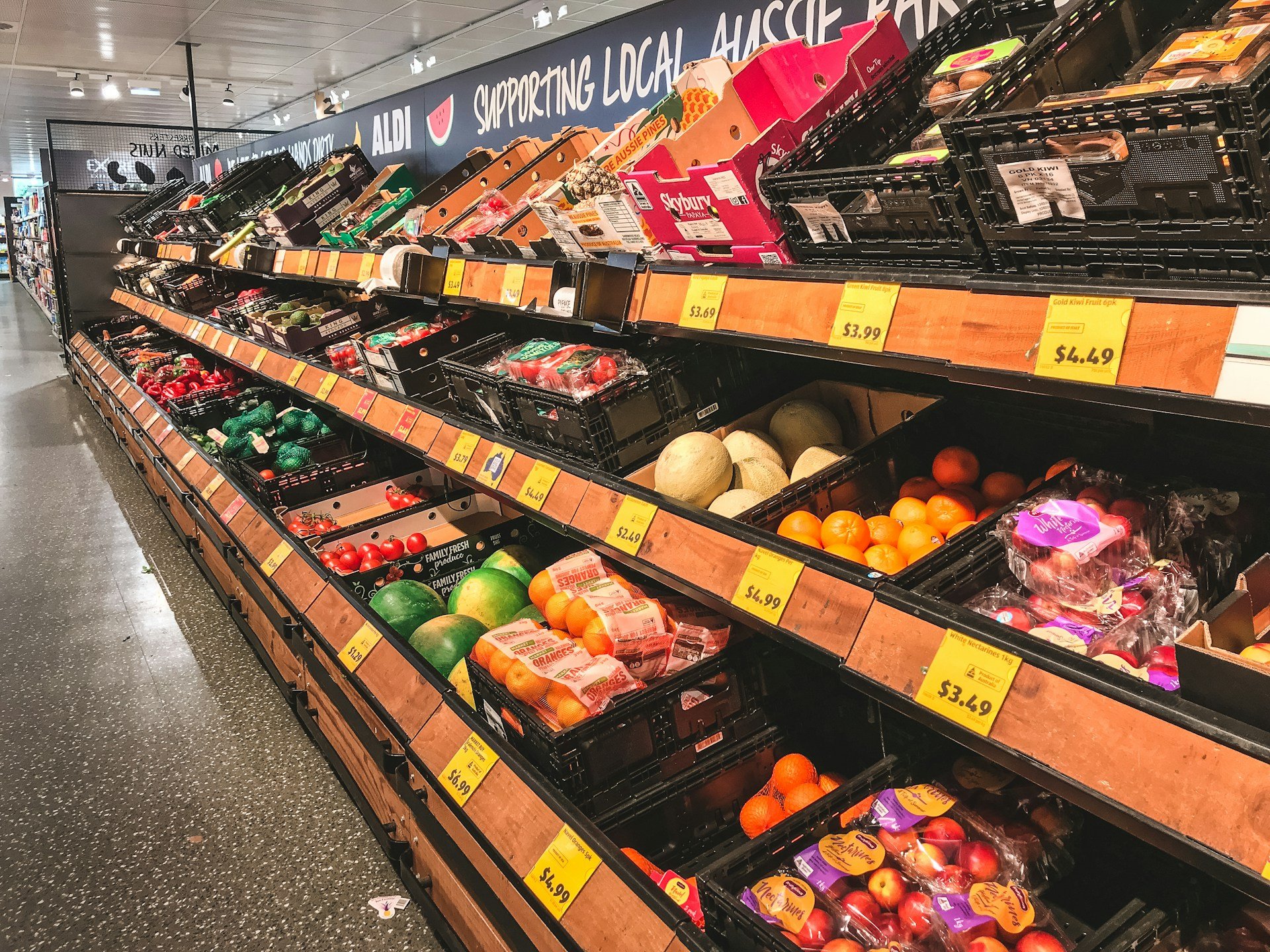
The big-box box retailer is launching another staple brand, Bettergoods, in its stores.
It depicts this new brand as “a new elevated experience that delivers quality, unique, chef-inspired food at an incredible value.”
300 New Products

The new brand incorporates 300 products across frozen items, dairy, snacks, refreshments, pasta, soups, espresso, chocolate, and more.
All of these new items will cost under $15, with most items accessible for under $5.
Change for Walmart

As indicated by a CNBC report, this denotes a significant attempt at change from Walmart, the country’s biggest grocer by revenue.
It’s looking to retain the customers it has drawn in during a time of high inflation.
Increase in Costs
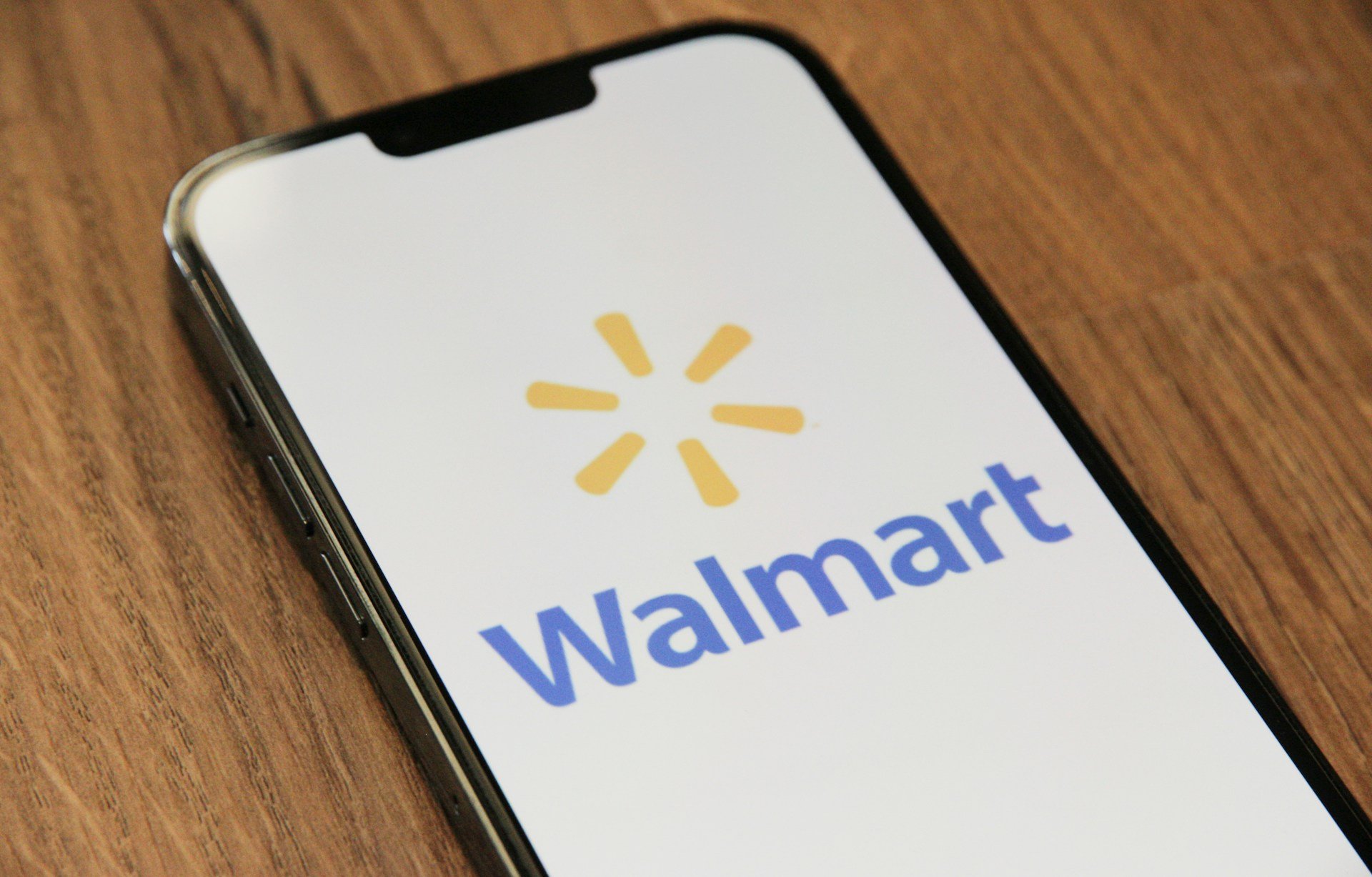
In 2023, food costs expanded by 5.8%, per USDA information.
While that was an improvement from the earlier year’s 9.9%, the expense of everyday food items still demonstrated a significant sore spot for U.S. consumers — and a major aid for the country’s grocers.
In its latest financial year, finishing January 2024, Walmart’s net deals for food in the U.S. rose almost 7% year on year to $264.2 billion.
